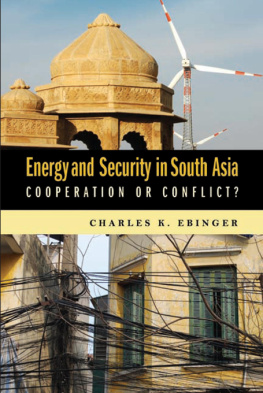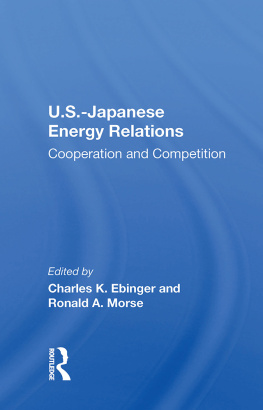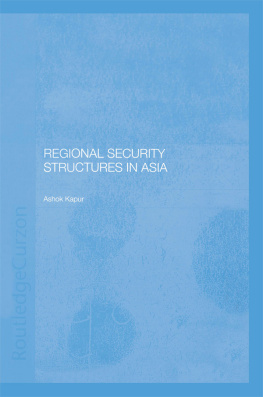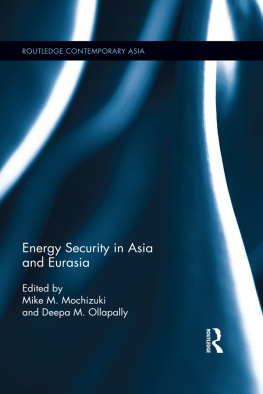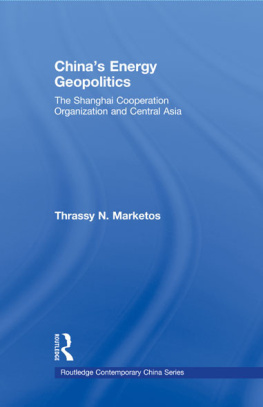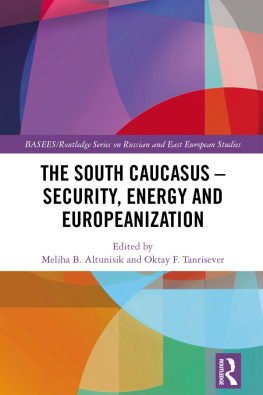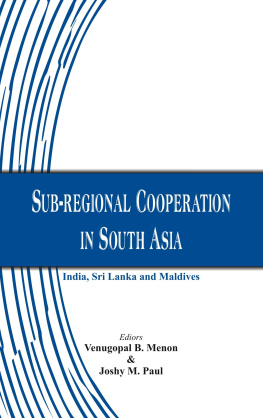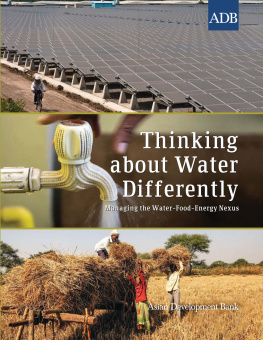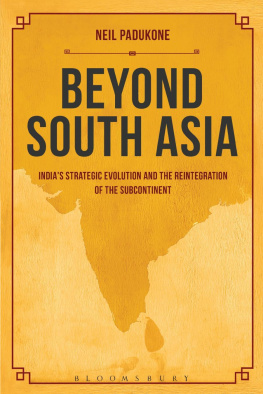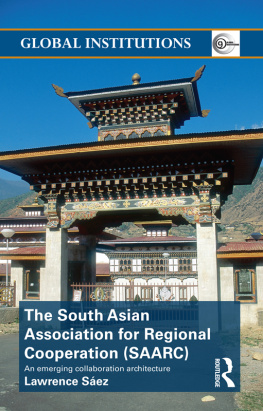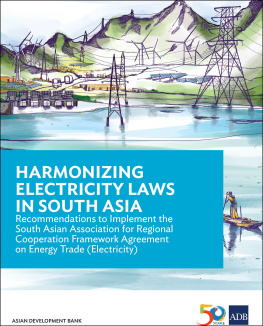Charles K. Ebinger - Energy and Security in South Asia: Cooperation or Conflict?
Here you can read online Charles K. Ebinger - Energy and Security in South Asia: Cooperation or Conflict? full text of the book (entire story) in english for free. Download pdf and epub, get meaning, cover and reviews about this ebook. City: Washington, D.C., year: 2011, publisher: Brookings Institution Press, genre: Science / Politics. Description of the work, (preface) as well as reviews are available. Best literature library LitArk.com created for fans of good reading and offers a wide selection of genres:
Romance novel
Science fiction
Adventure
Detective
Science
History
Home and family
Prose
Art
Politics
Computer
Non-fiction
Religion
Business
Children
Humor
Choose a favorite category and find really read worthwhile books. Enjoy immersion in the world of imagination, feel the emotions of the characters or learn something new for yourself, make an fascinating discovery.
- Book:Energy and Security in South Asia: Cooperation or Conflict?
- Author:
- Publisher:Brookings Institution Press
- Genre:
- Year:2011
- City:Washington, D.C.
- Rating:3 / 5
- Favourites:Add to favourites
- Your mark:
Energy and Security in South Asia: Cooperation or Conflict?: summary, description and annotation
We offer to read an annotation, description, summary or preface (depends on what the author of the book "Energy and Security in South Asia: Cooperation or Conflict?" wrote himself). If you haven't found the necessary information about the book — write in the comments, we will try to find it.
Economic growth and burgeoning populations have put South Asias energy security in a perilous state. Already energy and power shortages are stunting development in some of the regions least developed locations spurring political insurgences and social dislocation. Should this trend continue, Ebinger argues the Subcontinent will face dire economic, social and political crises. In Energy and Security in South Asia, Brookings ESI director Charles Ebinger, a long-time adviser to South Asian governments, lays out the current regional energy picture arguing that the only way to achieve sustainable energy security is through regional collaboration both within the subcontinent as well as with regional neighbors in the Middle East and Central and Southeast Asia,
Dr. Ebinger commences by illustrating the present-day energy environment in each nation as well as the obstacles governments confront in addressing them. Among the issues examined are: (1) the technical strains that near double-digit economic growth are putting on Indias dilapidated power infrastructure, (2) the economic costs the country is incurring by increasing reliance on the Middle East for oil and gas resources; (3) the prospects for expanded wind, solar, energy efficiency and nuclear power generation in India to help reduce the nations growing carbon footprint as it accelerates the use of coal; (4) the implications of Pakistans expanded use of coal; (5) an analysis of how poor energy pricing systems are bringing about an energy shortage throughout the region (6) an examination of how strains in Indo/Bengali relations threaten the construction of vital regional energy infrastructure projects; (7) a discussion of how continued political upheaval in Nepal is causing power shortages of up to 20 hours per day; and (8), an analysis of how hydropower development is fuelling Bhutans Gross National Happiness campaign. In addition to individual domestic concerns, each nation shares a crisis whereby hundreds of millions on the Subcontinent lack access to electricity and burn inefficient resources such as fuel wood and biomass for lighting, heating, and cooking, thus contributing sizeable carbon emissions.
The looming Indian Subcontinent energy crisis will force more than half a billion people and countingfrom emerging from dire poverty, thus potentially sparking domestic and regional instability in an already treacherous area.
Charles K. Ebinger: author's other books
Who wrote Energy and Security in South Asia: Cooperation or Conflict?? Find out the surname, the name of the author of the book and a list of all author's works by series.

